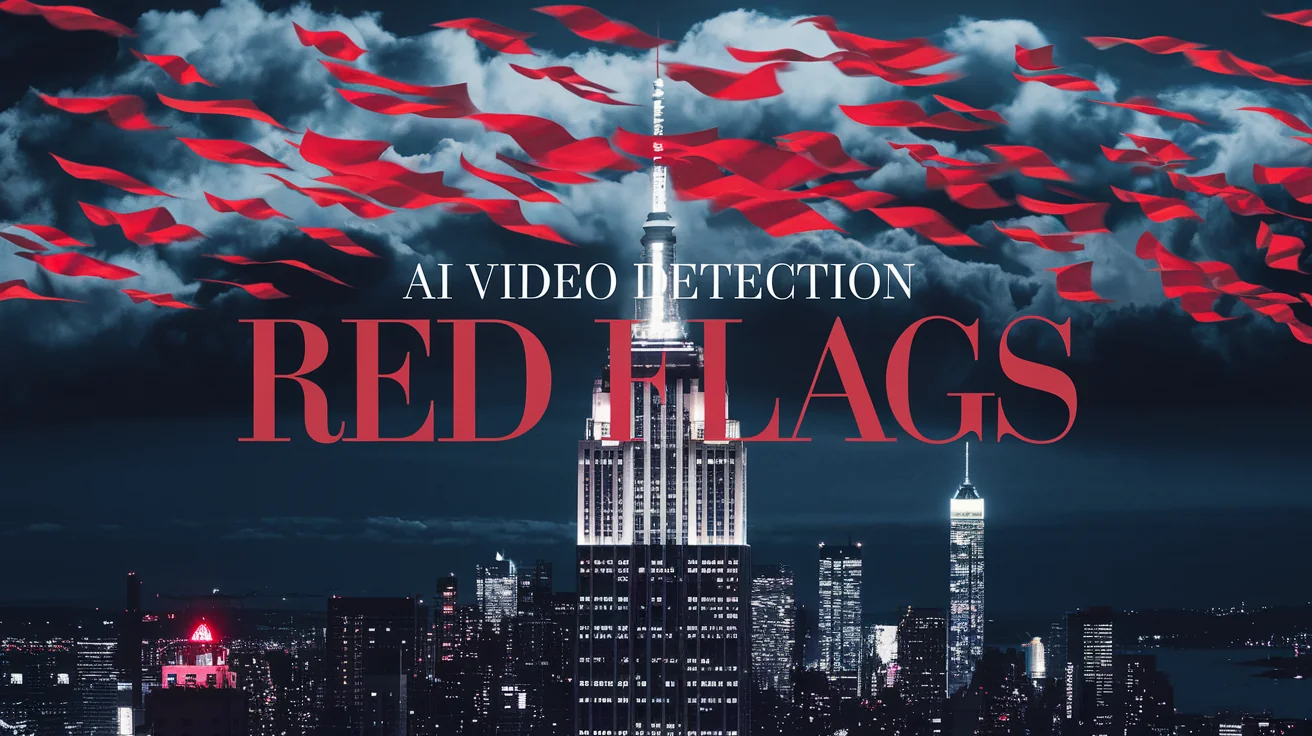AI Video Detection Red Flags

The increasing prevalence of AI-generated videos presents a significant challenge in discerning authenticity in visual content. As Artificial Intelligence (AI) tools advance, they create a landscape where low-quality visuals could be a red flag indicating potential deception. To navigate this evolving terrain effectively, understanding certain indicators becomes essential.
Identifying AI Videos: The Visual Cues
One critical sign that you might be watching an AI-generated video is poor picture quality. Hany Farid, a computer-science professor and digital forensics expert, emphasizes that grainy or blurry footage should raise immediate suspicions. Despite the capabilities of AI tools that can produce highly polished content, low-quality videos still serve as a common trick that can mislead viewers.
The Subtlety of AI Anomalies
Experts like Farid note that even today’s most advanced AI models can introduce subtle inconsistencies, such as unnatural skin textures or bizarre movements of background objects. These defects tend to be more noticeable in high-quality videos, suggesting that lower-quality videos intentionally mask such flaws. For instance, videos pitched as old security camera footage often successfully hide these red flags.
Trends in Viral AI Videos
Recent viral AI videos, such as the fake bunnies on a trampoline and the subway couple falling in love, often exhibit these quality issues while gaining millions of views. Interestingly, common threads among these popular clips include their low resolution and brief lengths, factors that are often inherent in AI-generated content due to processing limitations. Digital Literacy expert Mike Caulfield points out that viewers must reassess their approach towards media consumption, much like investigating the source of written texts.
Resilience Against Misinformation
The future of video content could hinge on advancements in verification technologies and digital literacy among users. Experts anticipate that firms will begin embedding verification data in video files to prove authenticity, thus aiding viewers to distinguish genuine content from AI-generated material. Moreover, understanding video provenance, rather than focusing solely on surface appearance, is projected to become immensely more significant.
Your Role in the Digital Landscape
As deepfake technology continues to evolve, the challenge of determining what is real in the digital landscape becomes increasingly complex. Digital literacy and informed skepticism are crucial tools for combating misinformation. With ongoing developments in AI, the resolving of credibility gaps will rely on a combination of education, technological innovation, and our willingness to adapt how we perceive visual media. Thomas Germain captures the essence of the debate, recognizing it as a substantial information security challenge for the 21st century.